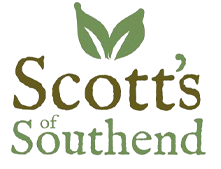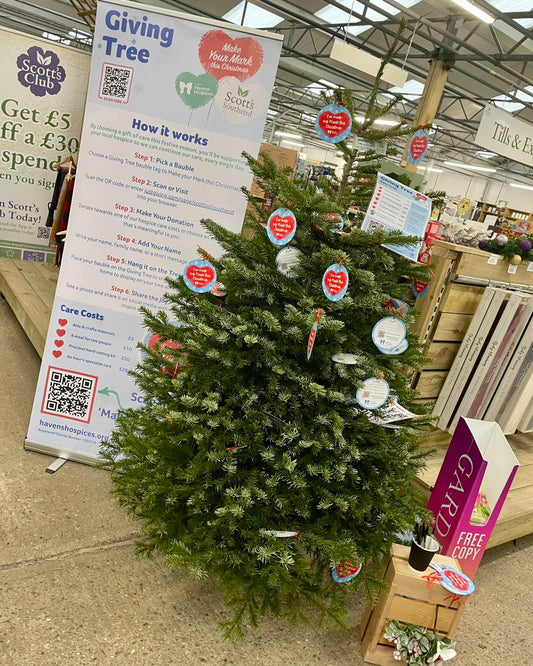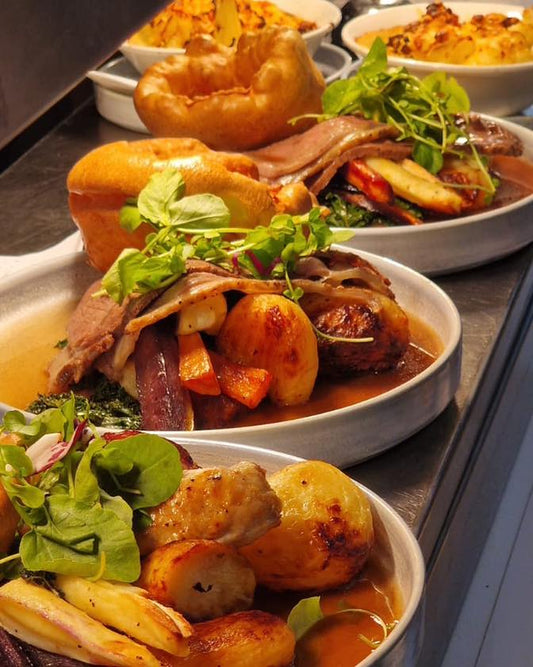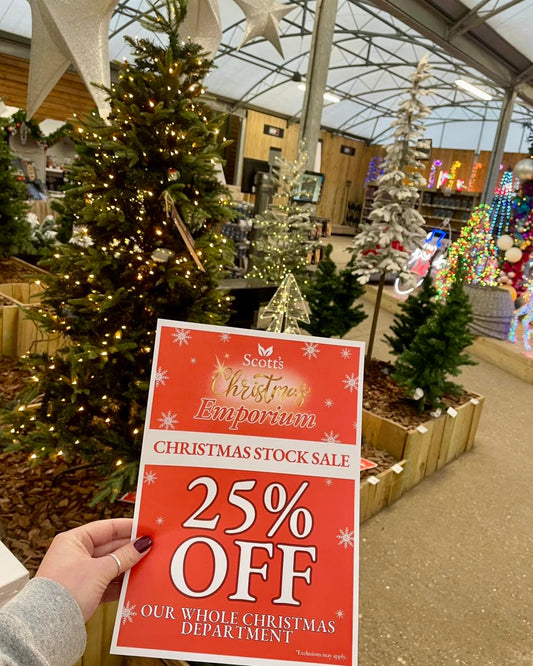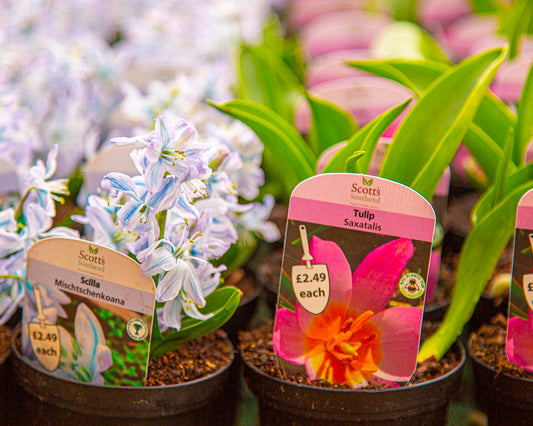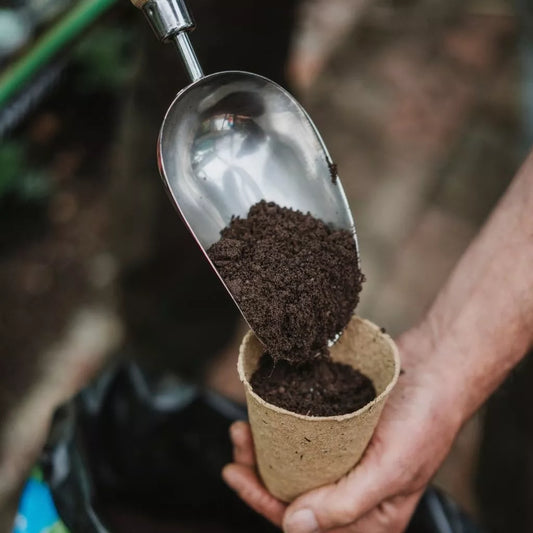Bees and butterflies aren’t just beautiful garden visitors — they’re vital pollinators that help flowers, vegetables, and fruit trees flourish. Sadly, many of these species are in decline due to habitat loss, pesticides, and climate change. The good news? You can make a difference right in your own garden! Here’s how:
1. Plant a Variety of Native Flowers
Different pollinators are active at different times of year, so planting a mix of flowers that bloom from early spring to late autumn is the best way to keep bees and butterflies fed. Try: Lavender, foxglove, coneflower, sunflowers, and asters.
2. Provide Shelter and Nesting Spots
Bees and butterflies need safe spaces to rest and nest.
Add:
- A bee hotel or a pile of logs for solitary bees
- Dense shrubs or long grass where butterflies can rest
- A shallow dish of water with pebbles for pollinators to land on
3. Grow Plants They Love
Different species have different preferences, so pick a range of flowers rich in nectar and pollen.
Try:
- Bees: Alliums, lavender, borage, and honeysuckle
- Butterflies: Buddleia, verbena, and sedums
4. Let Part of Your Garden Grow Wild
A small area of long grass or a patch of native wildflowers can create a vital habitat for pollinators to feed, nest, and lay eggs.
5. Choose Single-Bloom Plants
Double flowers may be beautiful, but their complex petals can make it hard for pollinators to access the nectar. Simple, open flowers like daisies, poppies, and asters are much more bee and butterfly friendly.
6. Be Mindful of Seasonal Changes
Pollinators are active at different times of the year. Incorporate early spring flowers (like crocus and primrose) and late-season plants (like sedums and asters) so bees and butterflies have food from the first warm days to the end of autumn.
 Location
Location Mon-Sat: 9am-5pm Sun: 10am - 4pm 25th & 26th Dec CLOSED 1st Jan CLOSED
Mon-Sat: 9am-5pm Sun: 10am - 4pm 25th & 26th Dec CLOSED 1st Jan CLOSED